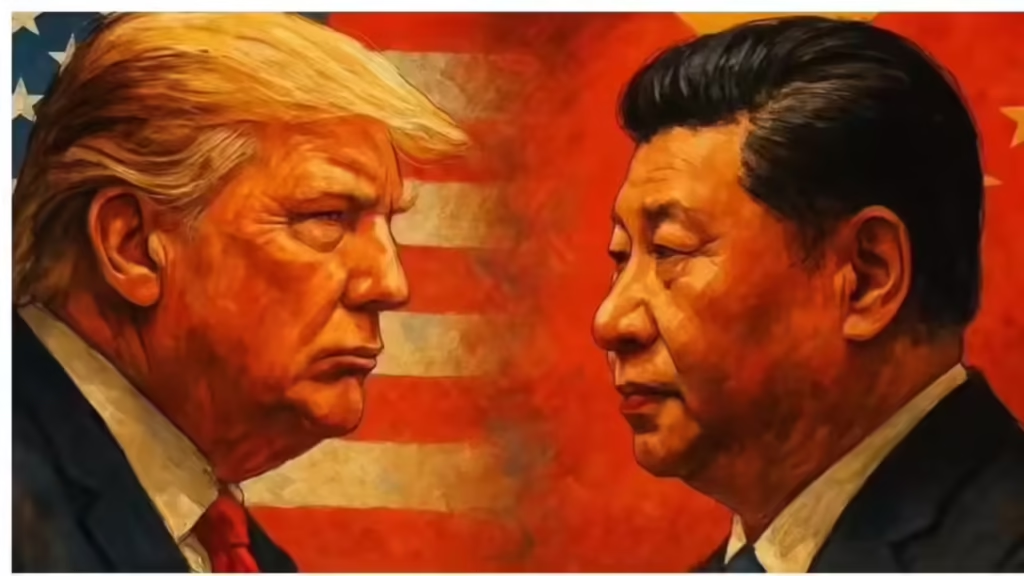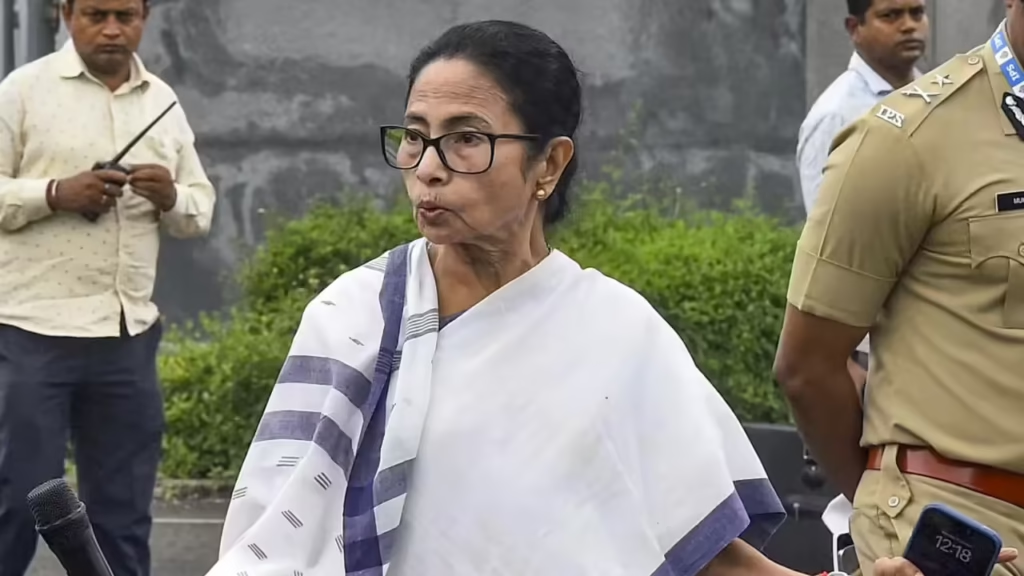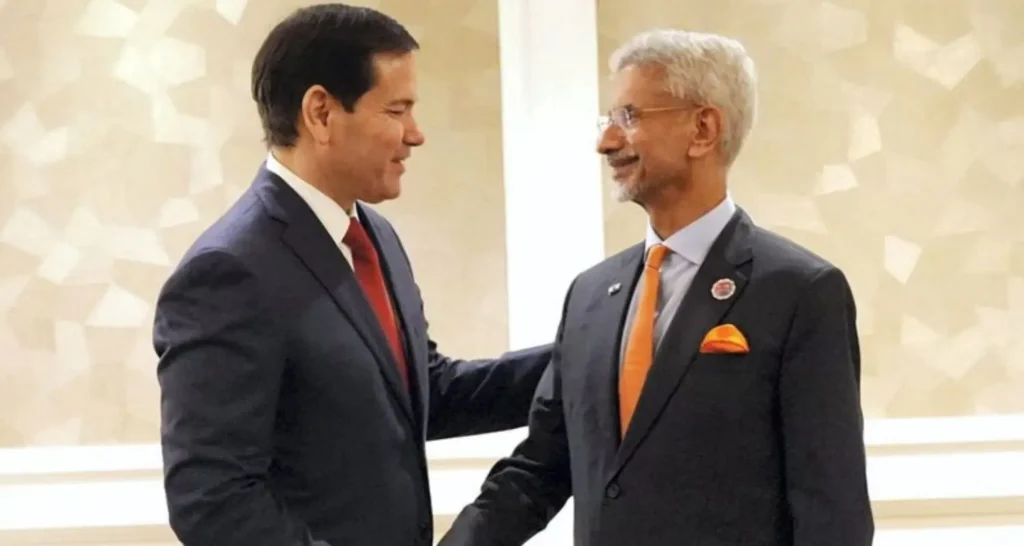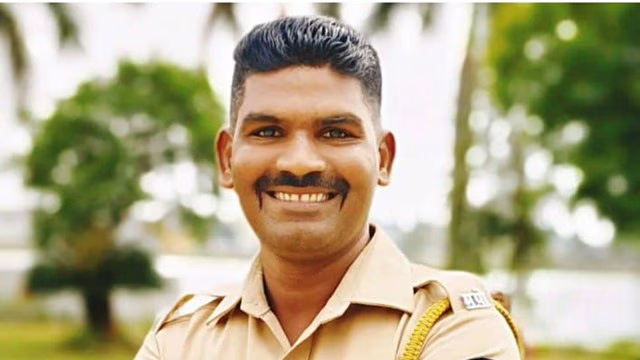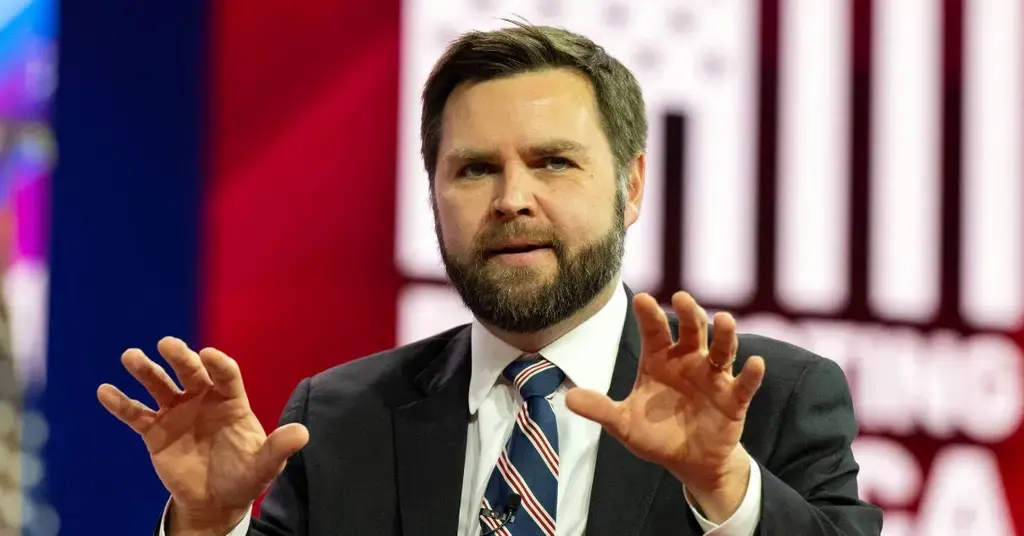Now Reading: Veteran Journalist Kommineni Srinivasa Rao Arrested Following Heated TV Debate
-
01
Veteran Journalist Kommineni Srinivasa Rao Arrested Following Heated TV Debate
Veteran Journalist Kommineni Srinivasa Rao Arrested Following Heated TV Debate
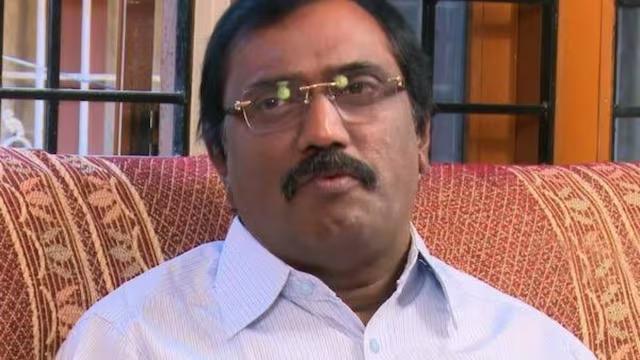
Prominent journalist Kommineni Srinivasa Rao was taken into custody following a controversial debate aired on Sakshi TV, sparking wide public discussion over press freedom and responsible journalism. The arrest has stirred mixed reactions, with journalists, legal experts, and political voices debating the boundaries of free speech and the media’s role in shaping public opinion in a democracy.
What Led to the Arrest
The arrest came in the aftermath of a televised panel discussion on Sakshi TV that reportedly featured remarks considered objectionable by certain groups. Authorities claimed that the statements made during the debate could incite unrest or disrupt communal harmony.
While full details of the FIR remain undisclosed, legal action was taken swiftly, prompting criticism from various journalist bodies and civil rights groups.
Journalist’s Profile and Public Reaction
Kommineni Srinivasa Rao, known for his long-standing contribution to Telugu journalism, has held senior editorial roles across print and television platforms. His arrest sent shockwaves through journalistic circles, with many viewing it as a concerning precedent for press freedom.
Supporters argue that Rao was merely exercising his right to express critical views, while others emphasize the importance of media responsibility during sensitive discussions.
Freedom of Speech vs. Public Responsibility
The incident has once again reignited debates around how much freedom media professionals have when engaging in public discourse. Free speech is protected under the Constitution, but limits are often tested when commentary brushes against political or religious sensitivities.
This balancing act becomes particularly complex in Tier 2 cities and regional media setups, where local sentiments can be more immediate and reactive.
Impact on Regional Media and Journalists
Rao’s arrest has alarmed many regional journalists, especially those working in smaller cities and towns. In areas where media influence is growing but legal protections remain inconsistent, such incidents may discourage open debate or investigative reporting.
The episode has also led to renewed calls for stronger legal safeguards for journalists, especially in regional media where pressure from political and community groups is more pronounced.
Conclusion
The arrest of Kommineni Srinivasa Rao reflects the tightrope Indian journalists often walk between truth-telling and legal boundaries. While ensuring responsible broadcasting is essential, so is the protection of journalistic independence. As debates continue around this case, it remains to be seen how India navigates the evolving space between free expression and social accountability — especially in the regional media landscape.








